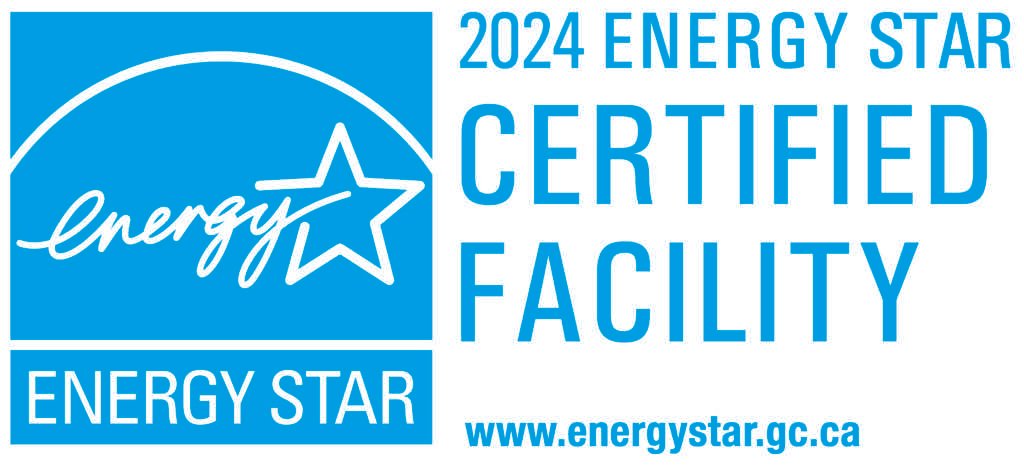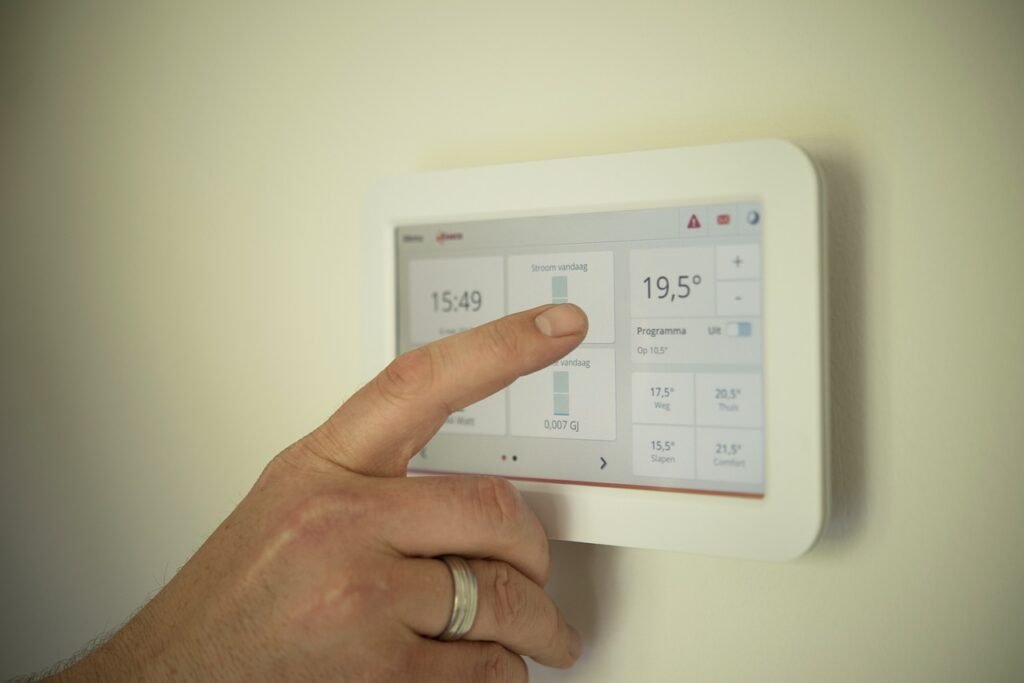
Choosing green home appliances is one of the most impactful steps you can take to reduce your environmental footprint and save on energy costs.
With advancements in technology and increased awareness of sustainability, there are numerous energy-efficient and eco-friendly appliances available on the market today.
This comprehensive guide will walk you through the process of selecting green home appliances, providing practical tips, expert advice, and product recommendations.
Table of Contents
- Understanding Green Home Appliances
- The Benefits of Green Home Appliances
- Key Features to Look For
- Energy Star Certification
- Choosing Energy-Efficient Kitchen Appliances
- Eco-Friendly Laundry Solutions
- Green Heating and Cooling Systems
- Water-Efficient Appliances
- Smart Home Integration
- Product Recommendations
- Conclusion
1. Understanding Green Home Appliances

What Are Green Home Appliances?
Green home appliances are designed to use less energy and water, reduce greenhouse gas emissions, and minimize environmental impact.
These appliances often incorporate advanced technologies to achieve higher efficiency and performance compared to traditional models.
Types of Green Home Appliances:
- Energy-Efficient Refrigerators
- Low-Energy Dishwashers
- High-Efficiency Washing Machines
- Water-Saving Dishwashers
- Eco-Friendly HVAC Systems
- Smart Thermostats
Affiliate Links:
2. The Benefits of Green Home Appliances

Environmental Benefits:
- Reduced Carbon Footprint: Lower energy consumption means fewer greenhouse gas emissions.
- Conservation of Resources: Efficient appliances use less water and energy, conserving natural resources.
- Waste Reduction: Many green appliances are designed for longer life spans and easier recycling.
Economic Benefits:
- Lower Utility Bills: Energy-efficient appliances can significantly reduce your monthly utility bills.
- Increased Home Value: Homes equipped with green appliances are often more attractive to buyers.
- Government Incentives: Many governments offer rebates and incentives for purchasing energy-efficient appliances.
Health Benefits:
- Improved Air Quality: Eco-friendly HVAC systems can improve indoor air quality.
- Reduced Noise Pollution: Many green appliances operate more quietly than traditional models.
- Chemical-Free Cleaning: Some green appliances, like steam washers, reduce the need for harsh cleaning chemicals.
Affiliate Links:
3. Key Features to Look For
When shopping for green home appliances, there are several key features to consider:
Energy Efficiency:
- Energy Star Rating: Look for appliances with the Energy Star label, indicating they meet strict energy efficiency guidelines.
- Energy Consumption: Check the energy consumption in kilowatt-hours (kWh) per year to compare efficiency.
Water Efficiency:
- Water Usage: Opt for appliances that use less water without compromising performance.
- WaterSense Label: For fixtures like dishwashers and washing machines, the WaterSense label indicates high water efficiency.
Durability and Longevity:
- Build Quality: Choose appliances made from durable materials with a reputation for long life spans.
- Warranty: A good warranty can indicate a manufacturer’s confidence in their product’s durability.
Smart Technology:
- Connectivity: Smart appliances can be controlled remotely and integrated into your home automation system.
- Usage Tracking: Some smart appliances provide data on energy and water usage, helping you optimize efficiency.
Affiliate Links:
4. Energy Star Certification

What is Energy Star?
Energy Star is a program established by the U.S. Environmental Protection Agency (EPA) to promote energy efficiency. Products with the Energy Star label meet strict energy performance criteria set by the EPA.
Benefits of Energy Star Appliances:
- Energy Savings: Energy Star appliances use significantly less energy than standard models.
- Environmental Impact: Reduced energy consumption translates to lower greenhouse gas emissions.
- Quality and Performance: Energy Star appliances are tested to ensure they meet high standards for performance and durability.
How to Find Energy Star Appliances:
- Label: Look for the blue Energy Star label on products and packaging.
- Online Resources: Use the Energy Star website to find certified products and compare their energy usage.
Affiliate Links:
5. Choosing Energy-Efficient Kitchen Appliances

Energy-Efficient Refrigerators:
- Features to Look For:
- Adjustable Shelves: Helps to organize food efficiently, reducing the time the door is open.
- Energy-Efficient Compressor: Uses less energy to maintain cooling.
- Inverter Technology: Adjusts cooling power based on the load.
Product Recommendations:
Low-Energy Dishwashers:
- Features to Look For:
- Eco Mode: Reduces water and energy usage.
- Soil Sensors: Adjusts water usage based on the cleanliness of the dishes.
- Efficient Drying: Uses condensation drying instead of a heating element.
Product Recommendations:
Energy-Efficient Ovens and Cooktops:
- Features to Look For:
- Convection Cooking: Circulates hot air for faster and more even cooking.
- Induction Cooktops: Heat directly to the pan, reducing energy loss.
Product Recommendations:
6. Eco-Friendly Laundry Solutions

High-Efficiency Washing Machines:
- Features to Look For:
- Front-Loading Design: Uses less water and energy than top-loading models.
- Cold Water Settings: Allows effective washing with cold water to save energy.
- High Spin Speed: Removes more water from clothes, reducing drying time.
Product Recommendations:
Energy-Saving Dryers:
- Features to Look For:
- Moisture Sensors: Automatically stops drying when clothes are dry.
- Heat Pump Technology: Uses less energy by recycling heat.
Product Recommendations:
7. Green Heating and Cooling Systems

Eco-Friendly HVAC Systems:
- Features to Look For:
- Variable Speed Compressors: Adjusts cooling and heating output to match demand, reducing energy use.
- Zoning Systems: Allows different areas of the home to be heated or cooled independently.
- Energy Recovery Ventilators (ERVs): Improves indoor air quality and reduces energy loss.
Product Recommendations:
Smart Thermostats:
- Features to Look For:
- Remote Control: Adjust settings from your smartphone.
- Learning Capabilities: Adapts to your schedule to optimize heating and cooling.
- Energy Reports: Provides insights into your energy usage.
Product Recommendations:
8. Water-Efficient Appliances
Water-Saving Dishwashers:
- Features to Look For:
- Low Water Consumption: Uses less water per cycle without compromising cleaning power.
- Eco-Friendly Wash Cycles: Optimizes water and energy usage.
Product Recommendations:
High-Efficiency Toilets:
- Features to Look For:
- Dual Flush Mechanism: Offers a choice between a full or partial flush.
- Low Flow Rate: Uses less water per flush.
Product Recommendations:
Efficient Showerheads:
- Features to Look For:
- Low Flow Rate: Reduces water usage without sacrificing pressure.
- Aerating Technology: Mixes air with water to maintain a strong flow.
Product Recommendations:
9. Smart Home Integration

Benefits of Smart Home Integration:
- Convenience: Control appliances remotely using your smartphone or voice commands.
- Energy Management: Monitor and optimize energy usage with real-time data.
- Automation: Set schedules and automate tasks to improve efficiency.
How to Integrate Smart Appliances:
- Smart Hubs: Use a smart hub to connect and control multiple devices.
- Compatible Devices: Choose appliances that are compatible with your existing smart home ecosystem.
- Apps and Software: Use manufacturer apps to manage and monitor your appliances.
Product Recommendations:
10. Product Recommendations
Energy-Efficient Refrigerators
Why You Need Them: Reduce energy consumption and lower utility bills while keeping your food fresh.
Recommended Product:
High-Efficiency Washing Machines
Why You Need Them: Save water and energy while effectively cleaning your clothes.
Recommended Product:
Smart Thermostats
Why You Need Them: Optimize heating and cooling for comfort and energy savings.
Recommended Product:
Water-Saving Dishwashers
Why You Need Them: Use less water per cycle without compromising cleaning power.
Recommended Product:
Eco-Friendly HVAC Systems
Why You Need Them: Efficiently heat and cool your home while reducing energy consumption.
Recommended Product:
Conclusion: Making a Sustainable Choice
Choosing green home appliances is an investment in both your home and the environment.
By selecting energy-efficient, water-saving, and smart appliances, you can significantly reduce your carbon footprint, save on utility bills, and contribute to a sustainable future.
Start with one appliance and gradually replace old, inefficient models with eco-friendly alternatives. Every step towards a greener home is a step towards a healthier planet. Explore the recommended products and take the first step towards creating a sustainable home today.
Thank you for reading this comprehensive guide. If you found this information helpful, share it with your friends and family to inspire more people to make sustainable choices.


